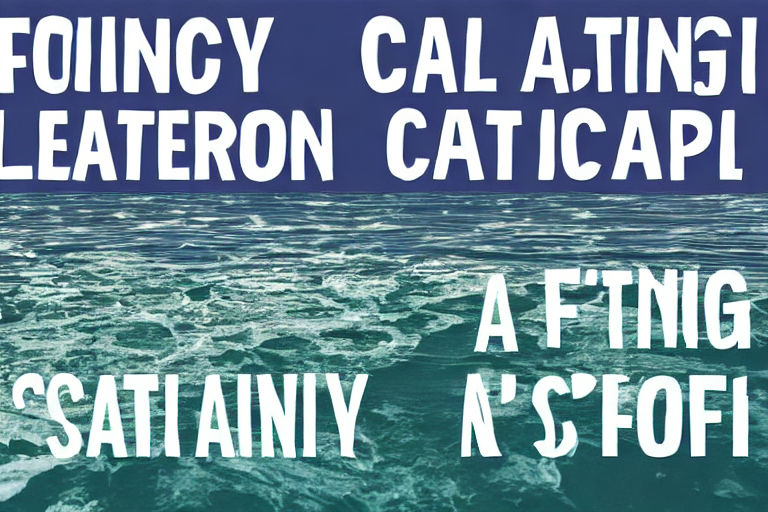Cheese and Wine Pairing: Tips and Tricks for an Unforgettable Plate
When it comes to entertaining, cheese and wine are the ultimate power couple. But with so many varieties of each, how do you know which ones to pair together to create the perfect union on your plate? Follow these tips and tricks for an unforgettable cheese and wine pairing experience.
The Basics of Cheese and Wine Pairing
When pairing cheese and wine, there are three main elements to consider: acidity, fat, and tannins. The acidity of the wine should match the acidity in the cheese. The fat in the cheese should be balanced with the tannins in the wine. And the intensity of the flavors should complement each other.
Cheese Pairing Tips
1. Match the Intensity
Pair light cheeses, such as goat cheese or feta, with light wines like Sauvignon Blanc or Pinot Grigio. Medium cheeses, such as Gouda and cheddar, pair well with medium-bodied wines like Chardonnay or Merlot. And bold cheeses, such as blue cheese or aged cheddar, require a bold wine like Cabernet Sauvignon or Syrah.
2. Play with Texture
Pair creamy cheeses, such as Brie or Camembert, with bubbly wines like Champagne or Prosecco. Hard, aged cheeses like Parmesan or Gouda pair well with full-bodied red wines like Cabernet Sauvignon or Malbec. And firm, nutty cheeses like Gruyere or Comte, pair well with crisp white wines like Chardonnay or Riesling.
3. Consider the Accompaniments
Consider the accompaniments that will complement the cheese and wine pairing. For example, a creamy brie with raspberries and honey pairs well with Chardonnay, while a sharp cheddar with apple slices and almonds pairs well with Cabernet Sauvignon.
Wine Pairing Tips
1. Look for Balance
When pairing wine with cheese, it’s important to look for balance. A high-acid wine, like Sauvignon Blanc, pairs well with tangy cheeses like feta or goat cheese. A full-bodied red wine, like Cabernet Sauvignon, pairs well with aged cheddar or blue cheese.
2. Consider Regional Pairings
When in doubt, look to regional pairings for inspiration. For example, a bold red wine from Bordeaux pairs well with a nutty, firm cheese from the same region. Similarly, a crisp white wine from the Loire Valley pairs well with a tangy goat cheese from the same region.
3. Experiment!
Don’t be afraid to experiment with new pairings. Some unlikely combinations may surprise you and become your new favorite pairing. Try pairing a sweet dessert wine with a salty blue cheese, or a dry sparkling wine with a nutty Parmesan.
With these tips and tricks in mind, you can create an unforgettable cheese and wine pairing plate that will impress your guests and satisfy your taste buds.



